This article is for HR Business Partners and Function Leads.
Every team’s unique. And as the HR Business Partner or Function Lead responsible for the creation of team-specific career frameworks, you play a crucial role in building content that resonates with your employees, reflects the responsibilities of each position, and gives everyone the career clarity they need.
Exciting, but a little daunting too, huh?
That’s why we’ve worked hard to make the building process within Progression as pain-free, quick and supportive as possible. You’ll find plenty of inspiration for framework layouts and skills in our Library, and our AI Build Assistant (which actually creates content on your behalf) means you never need to start with a blank slate.
And there’s more good news — your Project Lead has already done a lot of the hard work for you, outlining the parameters and org-wide elements of your framework, like the core skills it needs to include and how you should name the positions in your team, and creating a template to work from.
Wait, what’s a template?
The template is an inspiring, relevant and standardised starting point for you to build your own framework from.
The template includes:
- A positions view, with the structure the positions in your own team should follow, like track and position naming conventions
-
A skills view, with core skills every position within your framework is required to have plus the categories all skills will need to fall under.
How should I use the template?
First navigate to the team you’re permitted to edit from the Build section of the left-hand navigation or the Org homepage.
If your Project Lead has populated your team with tracks and positions already, you’ll simply need to build out the positions and skills. If your team is blank though, you’ll need to add tracks and positions to match the team’s structure. Check what naming conventions your Project Lead would like you to use for tracks and positions before adding these to your team.
You’ll also see the core skills you need to include in every position here. These skills may be locked, in which case you need to use them as is, but there may be an option to create a skill variant. Skill variants allow you to create a ‘child’ version of a skill tailored to your team’s discipline.
Read more: How do I create a skill variant?
Once you’ve edited the tracks and positions and created variants of core skills (if available), you’re all set to move onto deciding which domain-specific skills you want to add to the framework.
💡 We’ll kick this phase of the project off with the HRBP and Function Leads onboarding session. In this session, we’ll run through the templates and core skills created by the Project Lead, explaining how to apply these to your team’s framework, and we’ll cover how to write great positions and skills.
